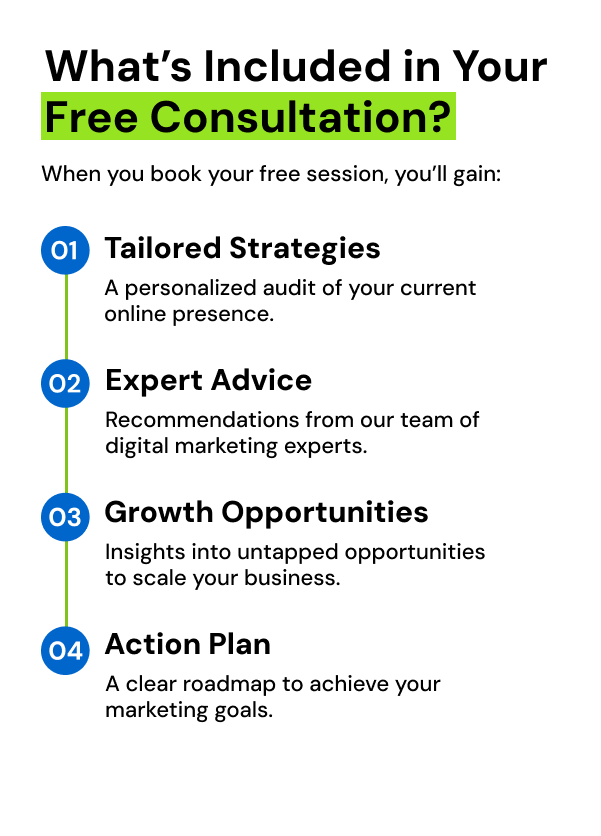An honest confession is that the digital marketing world has prioritized the #1 spot on Google for years. It had served as the promised land of clicks, traffic, and conversations. However, since early 2025, a close analysis of analytics reveals a tremor. The tremor is the global rollout of Google’s AI overviews, and the aftershocks are now being measured. Then what is the headline-grabbing statistic? A staggering 32% drop in Click-Through Rates (CTR) for the top organic result.

For several small business owners and large enterprises worldwide, this has been a gut-punch. The prime real estate, which has been achieved through so much battle, now suddenly becomes improper. However, it is not an obituary for SEO – instead, we should name it a call to evolution. Due to this significant shift, now the demand is for a more innovative, more agile approach to how search and traffic are viewed.
Key Takeaways
- The new throne to SEO
Achieving the #1 spot on Google is no longer the ultimate goal. A brand’s real win is when it wears the crown by being quoted in AI Overviews – where AI pronounces the brand’s name.

• Proven keywords and content strategies to improve search rankings
• Drive consistent growth, generating qualified organic traffic.
• Optimize digital presence to strengthen brand credibility.
Book a Call- Written for humans, optimized for AI
AI will be compelled to choose straightforward, conversational and structured content. AI can hardly resist the information. - Authority is the new oxygen
Experience, expertise, authoritativeness and trustworthiness are now the passport into AI-generated summaries. We cannot treat E-E-A-T as merely a buzzword. - Questions are absolute gold!
AI has its preferred sweet spots to summarise – long-tail queries, FAQs, and Q&A formats. - Structure’s voice is louder than the keywords
AI can better understand and display your content when the content has Schema markup, headings and intent-driven phrasing. - Future-proof your brand’s visibility
Tomorrow’s SEO is concerned about the brand being the source AI trusts to talk about. So, why chase only the clicks?
The “Why” Behind the Great Click Diversion
Did all the clicks vanish? Well, the inquiry and answer are straightforward – the clicks have not taken off. Before the users have clicked, they have already found the answers to their queries.
Google’s AI Overviews have been designed to provide direct, synthesized answers to user queries right on the Search Engine Results Page (SERP). When a user raises a question, ” How to re-pot a monstera plant?”, they receive more than just a list of links; instead, they get a neat, AI-generated paragraph that properly explains the steps. Often, the summary is so comprehensive that it elates the users, and they get no reason to click through to an article.
Therefore, this data highlights a clear trend:
Top result Impact
The traditional #1 organic position has experienced a CTR decline of nearly a third, from approximately 28% to around 19%.
Informational queries that hit hardest
What suffered the most significant declines include the “How-to”, “What-is” and the list-based queries.
Navigational and transactional queries
These have undergone much less effect. The users searching for a particular brand (say, for example, “AI marketing company in India”) or for buying a product (“purchase black sports shoes) are still more likely to click on a link to complete their task.
Having pointed out these pointers, what deserves a mention is that Google is not being malicious. This is the age of natural evolution of search. The overall goal is to provide the best user experience. For many queries, the best experience is a direct answer.

The New Playbook – a Note on Adapting and Thriving in an AI-first World
Panic will never help. It is a failing strategy. However, even if the game has changed, it is not yet over. The focus now has to shift from just ranking #1 to becoming the source of truth for the AI. So, the forward-thinking strategy gains ground since it will start ruling soon.
1. Aiming for the AI snippet (Our new #0 spot)
The new primary goals are to feature the content in the AI Overview itself, as it represents the new pinnacle of visibility. Now, to get it done, the content should be:
a. Clear and concise
Structuring content written in simple language, with clear headings (H2s, H3s) and bullet points and numbered lists.
b. Factually accurate and authoritative
Google’s algorithms and its AI are heavily reliant on E-E-A-T (Experience, Expertise, Authoritativeness and Trustworthiness). Sources need to be cited and linked to authoritative studies to establish credibility.
c. Directly answering the question
Structuring the content provides a direct answer to a specific user query early on.
2. Taking up long-tail keywords and nuanced queries
AI overviews are superb at answering common questions, but they are likely to struggle with particular, complex, and nuanced topics. Here comes the opportunity. Targeting the long-tail keywords that dig deeper into a subject is the game-changer. Other than “SEO tips”, it is wise to target “advanced schema markup for B2B tech services in 2025”. When a user has such a specific need, they will most likely bypass the AI Overview and look for an expert resource.
3. Partnering with an AI-focused marketing agency
The days of basic keyword insertion and link building are now insufficient. In the current digital landscape, how AI models process information requires a deep understanding. It requires the assistance of an engaging professional service to be at a competitive advantage. An AI marketing agency conducts traditional SEO and also understands the differences in this new environment.
When a brand works with an AI digital marketing agency or a specialized AI advertising agency, then its strategy will pivot effectively. An upgraded AI-based SEO service focuses on technical SEO, structured data (Schema markup), and content strategies designed to be machine-readable and AI-friendly. A top-tier AI marketing company helps brands identify these new opportunities and reallocates their resources for maximum impact.
Let us talk about your project goals
- Designing brand strategy
- Brand identity development
- Market research & competitor analysis

Looking Beyond the Click to Redefine Success
With the declining CTR, now it is time to broaden the definition of success. Let us look into the new metrics of influence:
Brand mentions in AI Overviews
When a brand is cited as a source in an AI answer, it makes a powerful branding, even without a click. It helps in developing authority and trust.
Increased brand searches
After seeing the brand appear in an AI Overview, the user might not click, but later proceed to search the brand directly.
Conversion rate from organic
The earned traffic may be more qualified. These are the users whose needs AI did not meet – hence, they are having more complex problems and in all probability, are further down the buying funnel.
Finally
Look at it in the light of an evolution, not an extinction. The 32% CTR drop is the seismic event in the sphere of SEO. It’s quite justified to feel concerned. Nevertheless, Search Engine Optimization has not yet died down. Answer Engine Optimization has taken birth. The fundamentals of creating high-quality, authoritative and user-centric content have become more critical than ever.
Now, the challenge is packaging the content in a way that is appealing to human readers and Google’s AI. To navigate this new terrain and discover new pathways to success, start adapting your strategies with a focus on becoming an authoritative source and leveraging expert help. With the top spot changing, it is time for the strategy to be upgraded as well.







